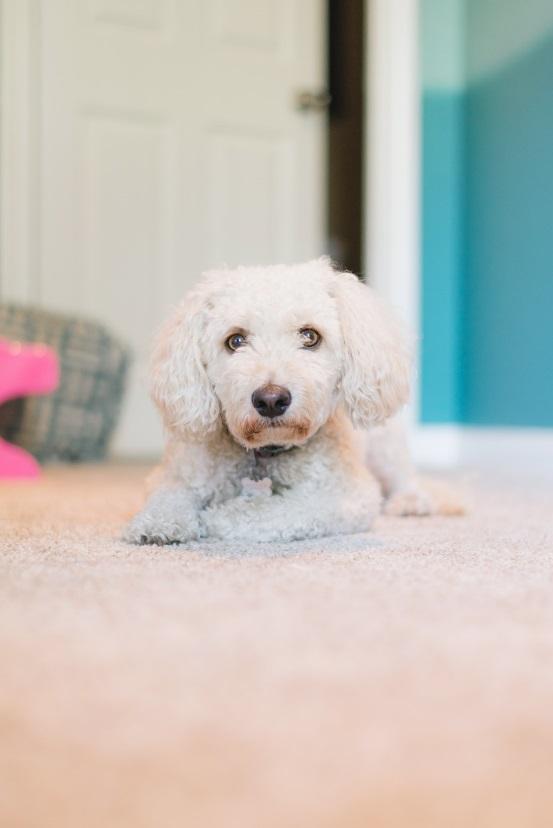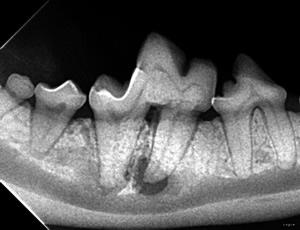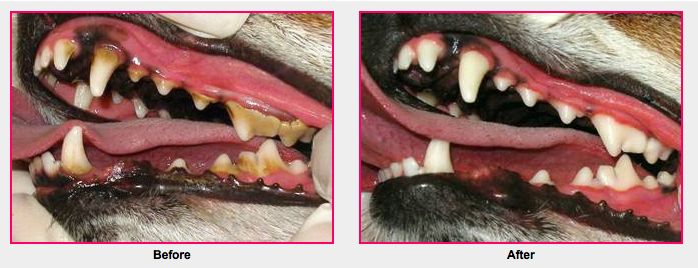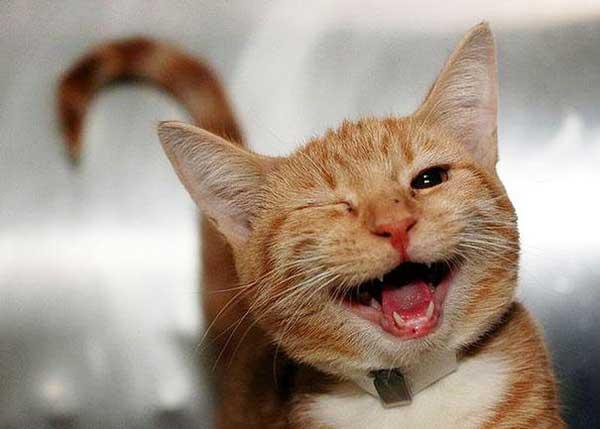My Pet Needs Their Teeth Cleaned… and it Costs WHAT?!
 Gone are the days we simply fed, watered, and walked our pets daily. Advances in veterinary health care have made recommendations for maintaining the health of your pet comparable to those humans follow. Improvements in managing oral health and recommendations for at home dental care in pets is one such example.
Gone are the days we simply fed, watered, and walked our pets daily. Advances in veterinary health care have made recommendations for maintaining the health of your pet comparable to those humans follow. Improvements in managing oral health and recommendations for at home dental care in pets is one such example.
We know what would happen to our teeth if we never brushed them, think “lovely pirate” images, therefore we can imagine what will happen to our pet’s teeth without diligent dental care.
Daily brushing of your pet’s teeth, starting at a very young age, is strongly recommended. However, despite even the most diligent daily care, your pet’s teeth will still require professional examination and cleaning.
Pet Anesthesia
How do you get a pet to say “AHHHH”? Well, you can’t! It is virtually impossible for your veterinarian to thoroughly assess your pet’s oral health without anesthesia and radiographs. Although a basic examination in an awake pet allows your veterinarian to form an educated guess regarding the state of your pet’s oral health, only anesthesia allows a complete evaluation of your pet’s mouth.
Anesthesia also provides the ability to obtain radiographs and complete thorough scaling and polishing. Prior to anesthesia, your pet will receive a complete evaluation and bloodwork to determine their state of health prior to the procedure. With state of the art equipment and a nurse anesthetist monitoring the patient 100% of the time, anesthesia is considered to be safe and well-tolerated by most pets.
 While anesthetized, your pet’s gums and teeth are carefully examined. Gums are evaluated for signs of recession, redness or swelling, abscesses, masses, pocketing or other abnormalities.
While anesthetized, your pet’s gums and teeth are carefully examined. Gums are evaluated for signs of recession, redness or swelling, abscesses, masses, pocketing or other abnormalities.
Veterinary Dental Digital Radiography
Longwood Veterinary Center has state of the art dental digital radiography equipment and every animal has complete oral radiographs taken during their dental procedure. Nearly 70-80% of the tooth (root) is below the gum line. Without radiographs, the health of the root is left to speculation.
After a thorough oral exam, a deep cleaning is performed. A high-pressure water scaler removes thick tartar and calculus. The nurse uses hand scaling tools for detail work to clean all the nooks and crannies of each tooth. Many times after cleaning the teeth, signs of disease will become more obvious.
After taking into consideration physical examination findings and radiographic results, a plan is created for management. This plan may include the extraction of one or more teeth. Diseased teeth are a source of pain, infection, and chronic inflammation. Your pet will not benefit from keeping these teeth. If a tooth is mobile, painful, shows radiographic signs of infection, or significant bone loss we recommend it is extracted.

Veterinary Tooth Extractions
If your pet requires extractions, it is not as simple as tying one end to a string and the other to a doorknob — or any other horror story our parents told us. Dogs and cats have evolved with very deep and long tooth roots. Surgical extraction, which involves precise drilling and sectioning, is required to remove these long, multi-rooted teeth. This delicate task is performed by our skilled veterinarians.
Following any necessary extractions or other treatments, each tooth will be carefully polished to prevent future tartar from adhering to enamel. When it is time for your pet to go home, they will be discharged to you by a member of our qualified nursing staff. She will review radiographs and examination findings as well as discuss post-op care for your pet.
 Needless to say, dental cleaning is a complicated but safe procedure and is necessary for the overall health of your pet. Periodontal disease affects all of the body systems and if left untreated can lead to the spread of infection to the heart, kidneys, liver, or other organs.
Needless to say, dental cleaning is a complicated but safe procedure and is necessary for the overall health of your pet. Periodontal disease affects all of the body systems and if left untreated can lead to the spread of infection to the heart, kidneys, liver, or other organs.
Longwood Veterinary Center is an AAHA-accredited practice. We voluntarily adhere to the highest standards of veterinary medicine in regards to anesthetic protocols, extraction techniques, and post-op pain management.
From anti-anxiety medications to gentle restraint and a soft, quiet recovery area, we take the time to make sure our patients are as comfortable as possible. Pearly whites and fresh breath are just a phone call away!
Call now to schedule an examination with one of our veterinarians.
Written by: Tara Corridori, LVT
Edited by: Corrina Snook Parsons VMD
